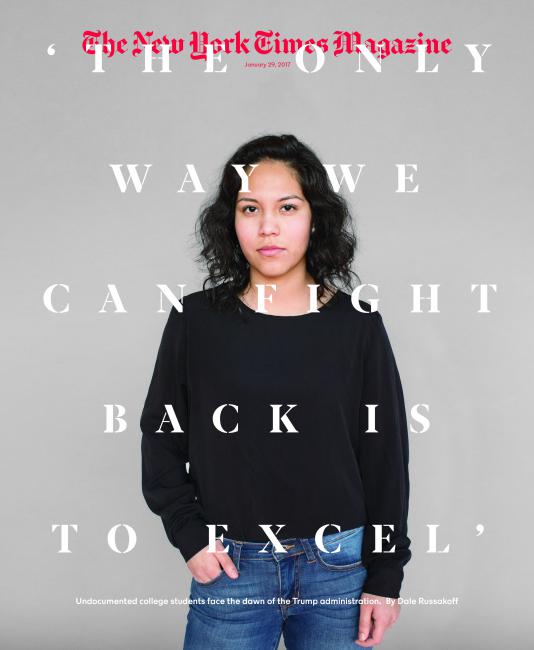This story was originally published on my run! story project site.
march 5/5 MILES
59 degrees
mississippi river road path
15 mph wind
If my mom were alive, today would have been her 75th birthday. She died in 2009, from pancreatic cancer. She was a runner. Well, more like a jogger. She jogged regularly for decades, sometimes alone, sometimes with my dad. She was slow and steady and rarely ran in any races, just a few charity runs. She started in 1977, when I was 3 and she was 36.
I never talked to her about running, or if I did, I don’t remember any specifics from our conversations. Did she ever try to talk to me about it? Now that I’m an enthusiastic runner who loves to talk about running—where I run, who I encounter on my runs, how I feel on my runs, what parts of me hurt after my runs, what I listen to on my runs, what my times are on my runs—it’s hard for me to imagine her not wanting to talk about running and share her stories with me. Was I just not listening? Or, was she not as obsessed with running as I am?
Regardless of whether or not she talked with me about running, the fact that she ran was always there, a constant in my life as a kid, even as we moved from the North to the South and then to the Midwest. One of the ways I still picture the non-sick her–over 10 years after she got sick and 6 years since she died–is in her running clothes.
Random Running Memories of Mom, a list
- She started running at the Paavo Nurmi Gym at Suomi College (now Finlandia University) in the 1970s. I remember tagging along (with my 2 older sisters) and sitting in the bleachers. I got my first kiss from Kiefer during on of her runs.
- In the early 80s, she ran in rural North Carolina, after teaching all day at a junior high school. At least once, I tried to go out running with her. I couldn’t keep up, so she went ahead. Alone, on my way back home, I got trapped by a barking dog that was roaming the neighborhood.
- In 5th grade, while biking recklessly on the road, I ran into a pick-up truck–I hit the truck; it didn’t hit me. My friend Sharla biked home and told my sister. She quickly got in the car and went looking for my mom, who was on her afternoon run. She rode with me in the ambulance, still wearing her running clothes.
- My parents liked to go out running early on Saturday mornings. When they got back, they’d rush off again to go out for breakfast. I was rarely asked or allowed to go with them to the restaurant, which was fine with me because I hate breakfast food.
- When we moved to West Des Moines, we joined a fancy health club: 7 Flags. My mom would run on the track while I used the rowing machine.
- I went along with my parents only once on one of their runs. It was 1997, when I was 23 and they were both 56. It was on the recently redone waterfront in Houghton, Michigan. They ran; I walked. Their pace was slow enough that I could keep up while briskly walking.
Mom stopped running sometime in my 20s, years before her pancreas shut down and she had to have surgery and then chemo that only temporarily saved her life. It was also years before I started running. I never got to talk to her about how it felt to run for 20 minutes without stopping for the first time. Or experience her joy in witnessing the return of the physical Sara, the Sara that, in my late 20s, had been replaced with the intellectual Sara who thought too much and moved too little.
I wanted to take her on my run today. To imagine her beside me as I traveled on the bluff, above the Mississippi River. I couldn’t. My mind kept wandering back to the mechanics of my run–how was my heart rate? is my right knee doing okay? am I going too fast? But, that’s okay. I don’t need to imagine her beside me; she’s already always there. Not so much as a running partner, but as one of the reasons I run. I run because it’s something that I can share with her even though she’s dead. And I run because I know it would delight her and make her so proud that I’d found my way back to the physically confident Sara I had once been.
